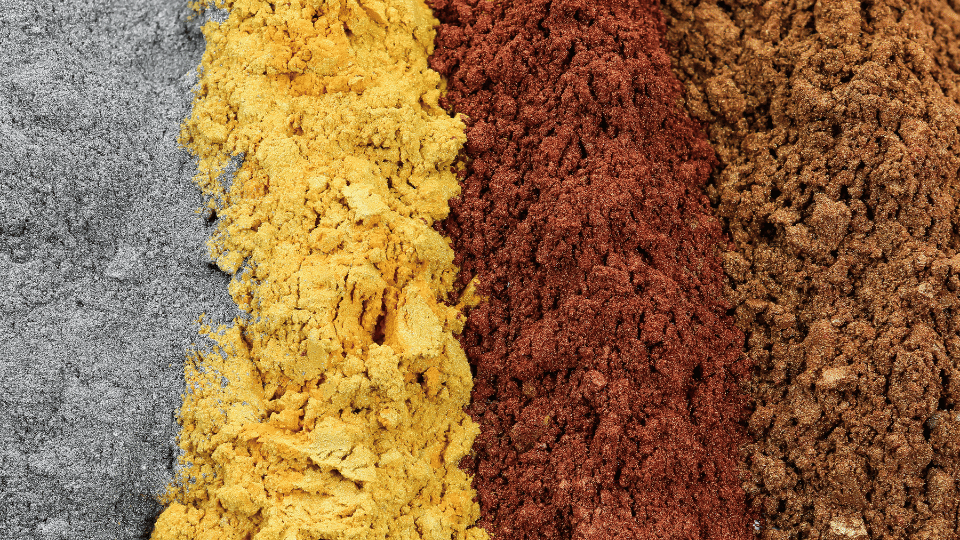
While synthetic dyes are associated with various health concerns in both humans and animals, using natural pigments in pet food formulations has several advantages.
In addition to helping achieve a desired color, natural pigments are bioactive molecules that can be used to improve the health of pets while extending the shelf life of pet food.
Benefits of phytonutrients
Dogs are able to digest nutrients from animal- and plant-based foods. Yet, concerns with synthetic additives and vegetable ‘fillers’ in conventional diets are pushing pet owners to consider grain-free, ancestral, or biologically appropriate raw food (BARF) alternatives. Unfortunately, such diets are often incomplete and unbalanced, and they can lack phytonutrients if not monitored.
Phytonutrients are naturally occurring plant compounds that help provide nutrients, flavor and color. They can play a role in improving metabolic functions and preventing disease. To help avoid potential deficiencies in, for example, strictly protein and fat diets, they can be added to conventional wet and extruded diets to improve the nutrient profile.
Natural food colorants
There are thousands of phytonutrients, each with its own unique set of health benefits – and pigment color. Some examples include:
Lycopene (pigment color: orange-red) functions primarily as an antioxidant. An in vivo study conducted at Aix-Marseille Université found that once ingested, lycopene supplementation prevented fatty liver disease after 12 weeks of feeding a high-fat diet.
Chlorophyll (pigment color: green-blue) provides the basis for photosynthesis in plants, algae and some bacteria, making chlorophyll the most abundant natural pigment in the world. This group of pigments is often extracted from leafy greens like spinach, chlorella and spirulina. While most research has focused on the antioxidative and anti-inflammatory properties of chlorophyll, recent studies are finding novel ways to use this pigment.
Quercetin (pigment color: yellow) is one of the most studied antioxidants among the phytonutrient group of flavonoids. While its use in veterinary medicine is still in its infancy, manufacturers like Hill’s Pet Nutrition have started including quercetin in their Derm Defense formulation based on its immunomodulatory effects on pets’ response to allergens.
The challenges of using natural pigments
The main challenge when using natural food coloring is preserving the stability of the pigment. While wet food formulas are less of a concern, most natural pigments are sensitive to the processing required to make dry kibble.
Because phytonutrients are not ‘essential’ nutrients, there is no established daily recommended intake for specific phytonutrients. To address this, future studies should focus on optimizing pigment stability, determining a therapeutic dose and noting potential side effects.
The latest articles

How pet parents will shop for their pets this Christmas
A new survey takes the pulse on holiday shopping trends in the UK, including popular categories and average spending.

General Mills’ pet portfolio posts negative performance
Both revenue and net sales dropped by 4% in the last quarter amid less demand.

Negotiations of new EU rules on sustainable packaging to kick off in 2024
The Council and the Parliament will start the legislative process to design regulations regarding the packaging and packaging waste proposal put forward by the European Commission last year.
Weekly newsletter to stay up-to-date
Discover what’s happening in the pet industry. Get the must-read stories and insights in your inbox.